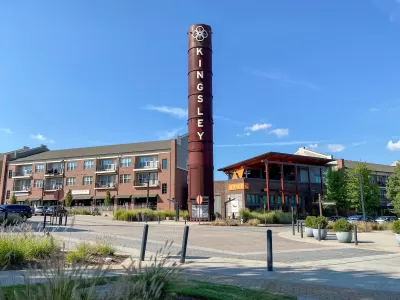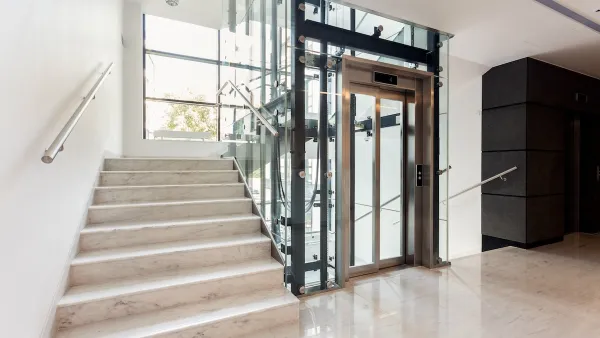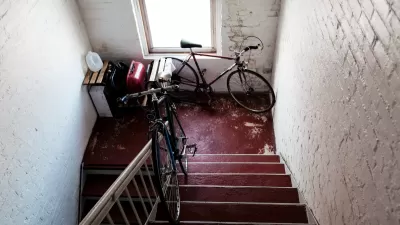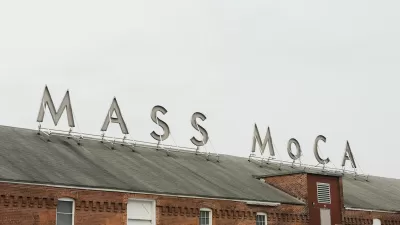How building codes and zoning laws can guide the safe and effective conversion of existing properties to residential units.

An article in Pro Builder outlines ways that developers looking to convert commercial buildings to residential uses can do so safely and cost-effectively.
The article notes that “Building codes play an important role in the adaptive reuse of buildings by ensuring that existing structures remain safe as they serve their new purpose while also preserving the building’s original character and charm.” Cities around the country are passing adaptive reuse ordinances to encourage the redevelopment of underused properties that are already being served by municipal infrastructure.
Because building and zoning codes are key to ensuring the safety of adaptively reused buildings, “communities that adopt and enforce the latest building codes are more likely to receive federal infrastructure funding and additional post-disaster recovery assistance.”
The article goes on to explain the International Existing Building Code (IEBC), which guides safety measures for converting buildings. “The IEBC encourages the continued use and reuse of existing buildings, including historic buildings, by enabling changes in occupancy and use types, such as modifying an office building to be used as multifamily housing, through flexible options that aid design professionals.”
FULL STORY: Building Codes and Adaptive Reuse: Ensuring Safety and Health While Meeting Housing Needs

Planetizen Federal Action Tracker
A weekly monitor of how Trump’s orders and actions are impacting planners and planning in America.

Congressman Proposes Bill to Rename DC Metro “Trump Train”
The Make Autorail Great Again Act would withhold federal funding to the system until the Washington Metropolitan Area Transit Authority (WMATA), rebrands as the Washington Metropolitan Authority for Greater Access (WMAGA).

The Simple Legislative Tool Transforming Vacant Downtowns
In California, Michigan and Georgia, an easy win is bringing dollars — and delight — back to city centers.

The States Losing Rural Delivery Rooms at an Alarming Pace
In some states, as few as 9% of rural hospitals still deliver babies. As a result, rising pre-term births, no adequate pre-term care and harrowing close calls are a growing reality.

The Small South Asian Republic Going all in on EVs
Thanks to one simple policy change less than five years ago, 65% of new cars in this Himalayan country are now electric.

DC Backpedals on Bike Lane Protection, Swaps Barriers for Paint
Citing aesthetic concerns, the city is removing the concrete barriers and flexposts that once separated Arizona Avenue cyclists from motor vehicles.
Urban Design for Planners 1: Software Tools
This six-course series explores essential urban design concepts using open source software and equips planners with the tools they need to participate fully in the urban design process.
Planning for Universal Design
Learn the tools for implementing Universal Design in planning regulations.
Smith Gee Studio
City of Charlotte
City of Camden Redevelopment Agency
City of Astoria
Transportation Research & Education Center (TREC) at Portland State University
US High Speed Rail Association
City of Camden Redevelopment Agency
Municipality of Princeton (NJ)





























